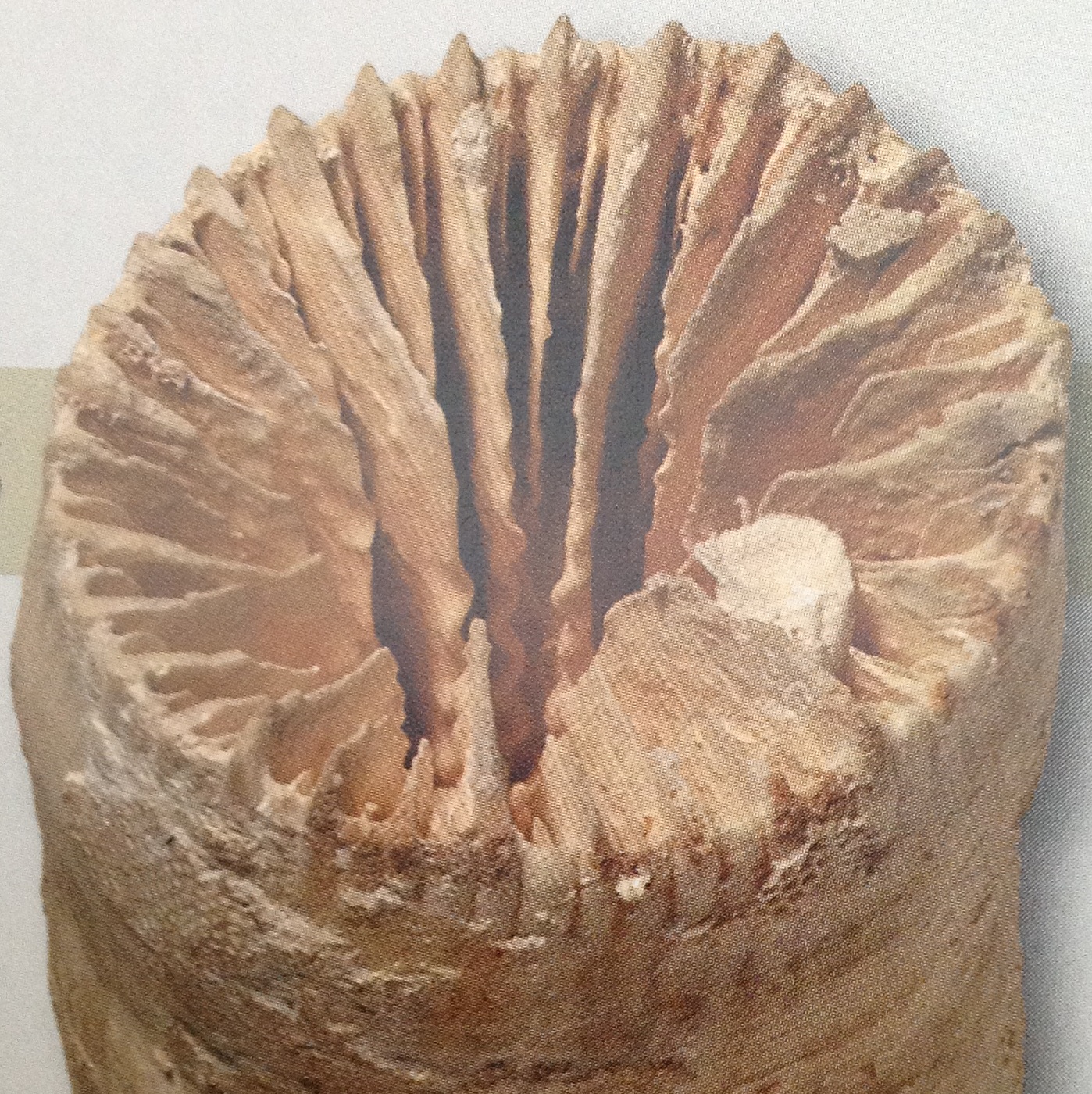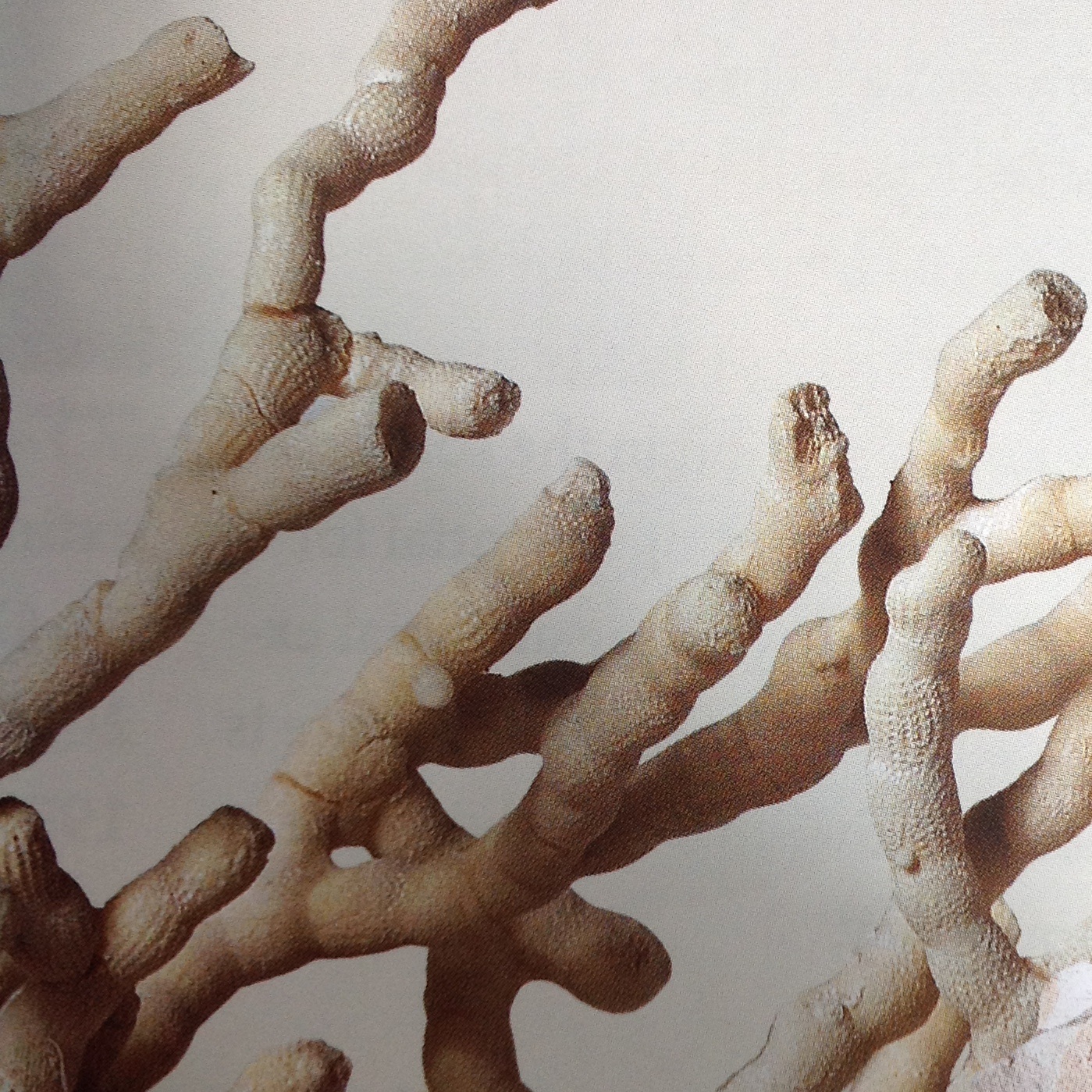Deltagerliste Workshop 3
Afholdt fredag, d. 3. dember 2012, Østsjællands Museum.
Østsjællands Museum:
Museumsdirektør Tove Damholt
Overinspektør Thomas Tram Pedersen
Museumsformidler Dorthe Pedersen
RUC:
ph.d.,adjunkt, Projektleder INVIO Connie Svabo
Forskningsassistent Kathrine M. Ekelund
Deltagerliste Workshop 2
Afholdt d. 2. november 2012, Østsjællands Museum.
Østsjællands Museum:
Museumsdirektør Tove Damholt
Administrationschef Ilse Sørensen
Kommunikationsmedarbejder Ingeborg Kofoed Brodersen
Naturvejleder Sara Gelskov
Museumsformidler Dorthe Godsk Larsen
Museumsinspektør Jesper Milàn
Museumsinspektør Helle Ålsbøl
RUC:
ph.d., adjunkt, Projektleder INVIO Connie Svabo
Forskningsassistent Kathrine M. Ekelund
AAU:
ph.d.-stipendiat og projektleder INVIO Sune Gudiksen
Making Special
Formidlingsartikel til Dissanayake og begrebet Making Special
Impacts from Space
Science and Cocktails dec, 11, 2012
Foredrag og soundscape med
Henning Haack – curator of the Natural History Museum’s meteorite collection og
Lars Lundehave Hansen – sound artist, enthusiastic promotor and dedicated performer.
Billedkilde: www.scienceandcocktails.org
Science and Cocktails 2012
27.november 2012
Biosemiotics: When living systems become minded
– Jesper Hoffmeyer og Søren Lyngsøe
Byen er socialt ansvarlig – Dansk Arkitektur Center
Tirsdagd d. 27. november:
“Dansk Arkitektur Center inviterer til debatarrangement om, hvad det er, der gør, at vores byrum og vores omgivelser opleves som socialt bæredygtige.
Bliv inspireret og deltag i dialogen om det sociale ansvar, som arkitekter og byplanlæggere påtager sig, når de er med til at skabe de rammer og det samfund, vi alle skal leve i.
Hør forskellige perspektiver på det `gode` og socialt bæredygtige liv i byen, når oplægsholderne sætter emner som vitalitet, aktivitet, social, tæthed og nærvær indenfor arkitektur og planlægning på spidsen. Når vi taler om det menneskelige fokus, handler det om kvaliteten af det liv, som de fysiske rammer genererer – social bæredygtighed.”
(Kilde: DAC)
Se mere info på link:
Byen er socialt ansvarlig – Dansk Arkitektur Center.
Vedr. sansningen og det tidslige
Carl Erik Kühl: Epistemisk og epimonisk sansning IN filosofske studier, no. 5, 2007
Link til artikel epistemeepimone
“New Experiences Of The Body Through Space”
“Architecture is increasingly used as a tool to help people experience space as an open and variable dimension. Architecture is no longer considered as an object, but as a cognitive field, as an extension of our capacity to perceive. Actually, there are no borders anymore between interior and exterior, there are no fixed partitions. Architecture opens to the outside…
Stable identities as well as fixed space are no longer possible, because they do not correspond to the reality of today’s world. ..
Hybrid space proposes an approach to architecture that creates new cultural codes and disruptions within the physical and electronic networks that connect our international and local cultures.” (Mahdalickova 2009)
“The interactive architecture transforms how people inhabit space. What happens when space reacts to the body, when it is formed by means of the physical rhythm? People tend to react to mobile environment in a different way than they react to static environments. Their involvement with a building becomes an interaction more than a simple reaction. The deformed space forces the individuals to react. Architecture no more imposes an identity, it creates a change. Within the innovative and interactive architecture, we create ourselves by crossing spaces which change as they react to our bodies. Consequently, space and body are closely intertwined since space reacts to the body and the body to space….
Architecture can be a tool to intensify our senses and sharpen our consciousness of the reality which tends to be erased under the influence of the speed and of the surfeit of information. Architecture can help us to find our physical body….
The architecture establishes the place and in doing so, the rhythm of the space. It is to open the existence to the universal rhythm, to harmonize it with the physical rhythm and to create a new type of subjectivity, more connected with the fluid and changeable nature. In nature there is no negation, no opposition of opposites, there is a harmony.” (Mahdalickova 2009)
Eva Mahdalickova ( 2009): New Experiences Of The Body Through Space
link: http://www.implications-philosophiques.org/Habitat/MAHDALICKOVA1.html
From a lilly to towers in Dubai

Lars Spuybruek – NOX architecture http://www.nox-art-architecture.com/
NB: Check out project Ooze – Prehistory Museum, South Korea 2006
Imagesource:
http://www.implications-philosophiques.org/Habitat/MAHDALICKOVA2.html
In search of new aesthetics in the field among nature, art and technology……
DEAF symposion 2012 – http://www.v2.nl/events/vital-beauty-symposium
“How can the age-old notion of beauty regain an importance appropriate to the 21st century? Our need for beauty has not diminished, as hard as modernism tried to erase it from art and life and supplant it with the sublime. It was a sublime that increasingly associated itself with negation and deconstruction. In contrast, vital beauty, as defined by John Ruskin more than 150 years ago, is a beauty of sympathies and affinities with life forms. Yet vital beauty must be reinvented, since life forms today can be technological as well as natural. The concept of vital beauty raises the question of how we should design our environments, our objects and our lives, and of how we might one day invent a politics of beauty.”
The publication was released during the Vital Beauty Symposium at May 16, 2012 in de Balie, Amsterdam
Kilde: V2, http://www.v2.nl/publishing/vital-beauty



